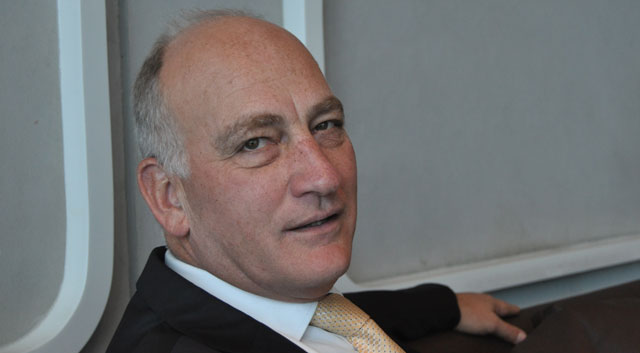
The wait for SA consumers wanting to try super-fast, next-generation mobile broadband will soon be over. MTN will probably launch a commercial next-generation broadband network based on long-term evolution (LTE) technology, offering consumers significantly faster access to the Internet, in the fourth quarter of this year.
That’s the word from MTN SA MD Karel Pienaar, who says the operator will use spectrum in the 1,8GHz radio frequency spectrum band that it already has access to. It will “refarm” (reallocate) a portion of this spectrum, currently used to provide voice services, in order to provide commercial LTE services.
Pienaar says the plan must still be approved by his board of directors, but it’s very likely that the LTE services will be launched before the end of the year.
MTN has been running a pilot LTE network since 2011 and has taken 200 base stations live using the technology so far. It will double that number to 450 before making the service available on a commercial basis to consumers. In the initial phase the network will offer coverage in parts of Gauteng, Cape Town and Durban.
Pienaar has been pushing hard for access to new spectrum in the 800MHz and 2,6GHz bands to build a national LTE network, but says MTN will move ahead with a limited commercial launch this year, before it is allocated additional frequencies.
“Every day we are finding better ways to refarm our spectrum,” he says. “There are some areas where we don’t think it’s too risky, where I don’t need that 1 800MHz so badly [for voice]. It won’t be truly national, but the devices for LTE are looking good now and there are customers out there who really want it.”
Meanwhile, the company continues to invest in second- and third-generation (2G and 3G) mobile technologies and is rapidly expanding its coverage footprint in outlying parts of the country that until now have not been served by mobile operators.
In the first six months of the financial year, ended June 2012, MTN SA invested nearly R2bn in capital projects, with plans to spend R5bn for the full year. Pienaar says the money is going mainly into the radio access network, new IT systems and fibre-optic cables for backhaul to link base stations and to link towns and cities.
He says the electronics in all of the new base stations MTN is building support 2G, 3G and LTE, though most of the carriers on these towers are for 2G services, at least for now as few consumers, especially in outlying areas, have 3G-capable handsets. However, switching on both 3G and LTE services is a relatively trivial exercise when demand requires it. — (c) 2012 NewsCentral Media




